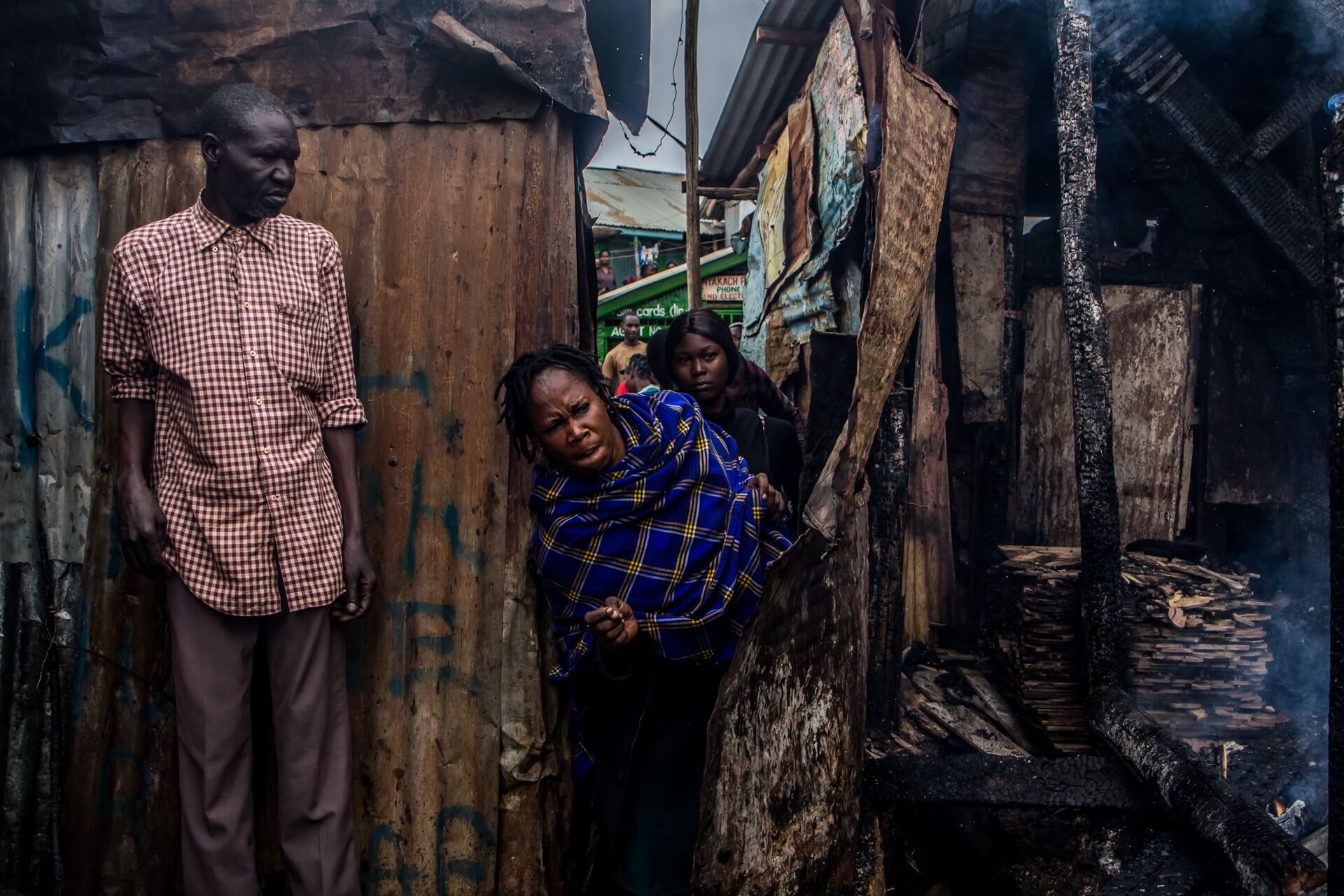- Warning: Some of the photos in this gallery may be disturbing to some viewers.
Welcome to our photo gallery on Jiggers Disease in Marsabit, Kenya. Marsabit is a town located in a deprived part of Kenya, facing issues such as starvation, lack of water and disease.
Amongst these issues is the devastating problem of Jiggers Disease, caused by tiny fleas known as jiggers that burrow into feet and lay eggs, multiplying until the feet and legs become swollen.
These fleas can eat the nutrients intended for the person, leading to amputation or even death in severe cases. It is estimated that 1.4 million people in Kenya, or 4% of the total population, suffer from jigger infestations.
Treatment for jiggers involves cutting them out of the skin and disinfecting the affected area; a painful process that can also lead to secondary infections like gangrene and tetanus. There is a social stigma associated with jigger infestations, causing many victims to hide their condition, thus exacerbating the problem.
To prevent future infestations, it is important to practise cleanliness, wear shoes in affected areas and fumigate homes and schools. Charities in infected regions often work to educate the local population about these prevention measures.
Through these photos, we hope to shed light on the devastating impact of Jiggers Disease in Marsabit and raise awareness about the importance of prevention and treatment efforts.
Women in Marsabit: Climate change has led to women in Marsabit County having to walk long distances to get drinking water for their families. Photo: Joe Wain
Photo: Joe Wain
Due to the high risk of secondary infections and complications, it is important for those with jigger infestations to receive prompt and proper treatment. In areas with limited access to healthcare, the risks associated with jiggers can be even greater. Photo: Joe Wain
Jiggers, also known as chigoe fleas, are a type of parasitic insect found in Sub-Saharan Africa. These fleas burrow into the skin and lay eggs, causing swelling, itching and infection. Photo: Joe Wain
“Manyatta,” a type of home made of bent branches with dried mud, cow dung, and cloth, in Marsabit County. Photo: Joe Wain
In severe cases, jiggers can lead to amputation or even death. They are most commonly found in rural areas and can infest both humans and animals, including dogs, cats, rats, pigs, cattle, and sheep. Photo: Joe Wain
Before receiving a wheelchair, this child crawled on the ground, causing discomfort and bruises. Photo: Joe Wain
There is a significant social stigma associated with jigger infestations, causing many victims to hide their condition, thus exacerbating the problem. To prevent future infestations, it is important to practise cleanliness, wear shoes in affected areas and fumigate homes and schools. Photo: Joe Wain
It is estimated that 1.4 million people in Kenya, or 4% of the total population, suffer from jigger infestations. The only way to treat jiggers is to cut them out of the skin and disinfect the affected area, a painful process that can also lead to secondary infections like gangrene and tetanus. Photo: Joe Wain
The water backpack provides a convenient alternative for those without access to safe running water. Photo: Joe Wain
Photo: Joe Wain
Jiggers can cause severe inflammation, ulceration and fibrosis of the skin, and can also lead to lymphangitis, a swelling of the lymph nodes. In severe cases, jiggers can cause gangrene, sepsis, and the loss of toenails, and may even lead to amputation of the digits or death. Photo: Joe Wain

















